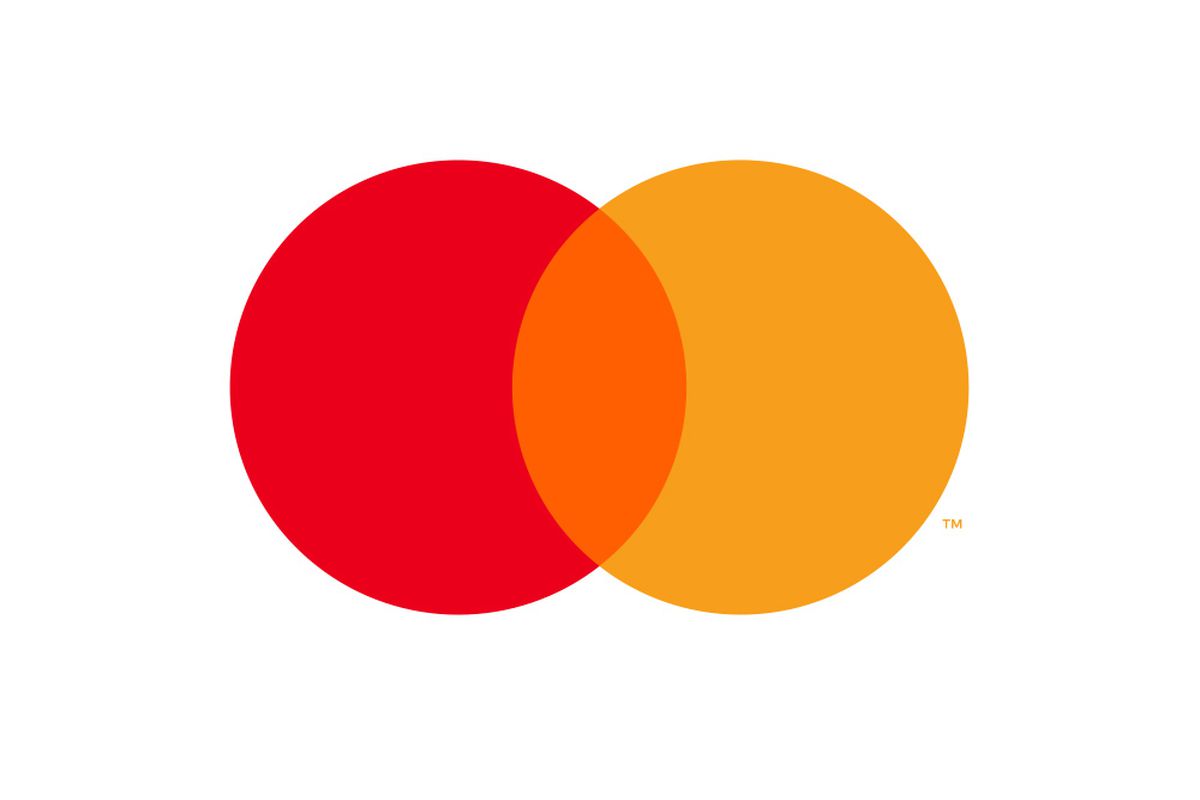General
MasterCard Love Index Unveils Spenders for Valentine’s Day

By Dipo Olowookere
A new report has shown that spenders in Africa and the Middle East are willing to dig deeper into their pockets to make their partners happy on Valentine’s Day.
In the annual MasterCard Love Index, these spenders are going online to do it, with a 107 percent increase in the number of e-commerce transactions between 2016 and 2018.
The Index, which is created by analysing credit, debit and prepaid card transactions over a three-year period (11th-14th February 2016-18) has revealed that whilst sentimental spending has increased globally by 3 percent since 2016, in MEA, this has increased by 10 percent with the overall number of transactions up by 20 percent.
For shoppers in Africa and the Middle East, planning ahead is more their style as majority of the purchases take place three days earlier (February 11th), this is however not the same globally as data showed a significant return to last-minute shopping with the majority of Valentine’s Day purchases taking place on the day itself (February 14th) in 2018.
Though global data shows that shoppers may no longer be plumping for traditional, standard gifts, this is not entirely true for Africa and the Middle East Valentine’s Day spenders.
There was a small increase of 7 percent spent on roses and floral gifts from around the world. In MEA, the total spend on flowers increased by a whopping 112 percent but for jewelleries, Africa and the Middle East is consistent with the global average with a decrease in transactions in 2018 compared to 2016.
Following the trend of experiences trumping material goods, an indulgent night in a hotel remains top of the Valentine’s gift list as the data reveals the number of transactions on hotels rose by 9 percent from 2016 to 2018, and with it a total spend increase of 5 percent.
In comparison to the global numbers, the number of transactions in hotels in Africa and the Middle East rose by 20 percent from 2016 to 2018, with a total spend increase of 19 percent.
Globally, the use of contactless technology continues to rise in momentum as the value of transactions rose by a huge 229 percent, and an increase of 193 percent in the number of transactions since 2016. It’s hardly surprising this is the preferred method of settling the bill – especially with contactless payments now enabled in over nine million locations across 114 countries. In the said region, the share of contactless transactions increased by 829 percent since 2017 while the value of contactless transactions has seen an increase of 1252 percent since 2017.
“In an age where contactless payments and same-day delivery ecommerce purchases are now the norm, it’s now easier than ever to impress our loved ones with meaningful Valentine’s surprises. Our data reveals that consumers across the globe are enjoying spontaneous experiences to share with their special someone, over and above material gifts and are planning ahead to make it extra special.
“The MasterCard Valentine’s Day Index – now in its fourth year – highlights key global and regional trends to uncover behavioural trends such as this shift towards on-the-day shopping, and hopefully offers retailers some priceless insight into consumer buying habits during the period leading up to the most romantic day of the year”, commented Omokehinde Adebanjo, Area Business Head, West Africa, MasterCard.
General
Watt Renewable Secures $15m Loan for Hybrid Solar Power Plants in Nigeria

By Dipo Olowookere
A $15 million debt facility has been obtained by Watt Renewable Corporation from the AfriGreen Debt Impact Fund to finance hybrid solar power plants to be built and operated by the former, especially in Nigeria.
WATT intends to use the projects to serve commercial and industrial clients in Nigeria, particularly in the telecommunication and financial services sectors.
By integrating solar hybrid solutions, the firm aims to significantly reduce diesel consumption and CO2 emissions, enabling its clients to achieve substantial energy cost savings while promoting environmental sustainability.
As a pioneer in renewable energy solutions, WATT continues to drive innovation in Nigeria’s energy sector.
The company’s robust roll-out plan includes deploying hundreds of hybrid solar power sites nationwide to meet the growing energy demands of commercial & industrial clients.
This strategic expansion aligns with WATT’s vision to revolutionize energy access across Africa, enabling sustainable development and reducing reliance on fossil fuels.
The funds from AfriGreen provide the critical capital needed to accelerate WATT’s ambitious projects, strengthening its market position and empowering businesses with reliable and affordable energy solutions.
Business Post gathered that to mitigate the currency risk for WATT in the event of devaluation of the Nigerian Naira, AfriGreen is offering a local currency facility that matches the payment structure of the power purchase agreements.
“We are thrilled to partner with AFRIGREEN on this transformative journey to expand reliable and sustainable energy solutions across Africa.
“With this support, it enables us to accelerate our shared mission of providing hybrid solar power to businesses, reducing carbon emissions, and supporting economic growth while enhancing energy security for our clients,” the Managing Director of WATT, Mr Oluwole Eweje, said.
“We are delighted to support WATT in rolling out hundreds of hybrid sites across the country.
“This represents another key transaction for AFRIGREEN in Nigeria. The combination of high energy prices, good solar irradiation, and strong demand from industrial and commercial energy users makes this market particularly attractive for companies like WATT.
“By leveraging these favourable market conditions alongside WATT’s exceptional operational performance and a well-structured financing solution, we are setting the stage for a strong and lasting business partnership,” the Managing Director of AfriGreen, Mr Alexandre Gilles, stated.
General
NMDPRA Denies Restricting Gas Supply to Gencos

By Adedapo Adesanya
The Nigerian Midstream and Downstream Petroleum Regulatory Authority (NMDPRA) has denied issuing a directive that gas supply to power generating companies (GenCos) be halted.
In a statement on Wednesday, the authority also denied instructing wholesale gas suppliers to stop further supply of gas to companies due to failure in payment obligations.
The NMDPRA described reports stating that it has directed the stoppage of gas supply to GenCos over N2 trillion debt as “false and completely unfounded”.
“It has absolutely no bearing on the information shared at a recent stakeholders’ engagement held in Lagos between the Authority, the OPTS, IPPG and other stakeholders in the oil and gas industry,” the NMDPRA said.
“The purpose of the engagement was to sensitise stakeholders on the requirements, opportunities and benefits associated with the implementation of the wholesale supply license as provided by sections 142 and 197 of the Petroleum Industry Act (PIA) 2021.
“It was a follow-up to an earlier stakeholder engagement held at the NMDPRA corporate headquarters in Abuja on November 27, 2024.
“The Authority wishes to reassure all our stakeholders and indeed the general public that at no time was the false statement made at that event and anywhere else, and are advised to completely disregard the publication as every effort is being made to ensure that the supply and distribution of natural gas and petroleum products to end users is seamless and unabated as we head into the festive season and indeed all through the coming year 2025.”
Recall that Nigeria’s national grid experienced another collapse on Wednesday, the 11th time in 2024 as Gencos couldn’t generate enough power, compounding issues facing the Nigerian power sector.
This was the first time in over a month as the last time the nation witnessed a nationwide shutdown in electricity supply was on November 7, 2024.
Before then, the country was experiencing an incessant collapse of the grid, which prompted the federal government to set up a team to address the issue.
General
Power Outage in Nigeria as National Grid Collapses

By Aduragbemi Omiyale
Nigeria is currently experience a cut in power supply after the national grid collapsed for the 11th time in 2024.
This is the first time in over a month as the last time the nation witnessed a nationwide shut down in electricity supply was on November 7, 2024.
Before then, the country was experiencing an incessant collapse of the grid, which prompted the federal government to set up a team to address the issue.
However, just when Nigerians were thinking they will not witnessed another national grid collapse in the year, it issue reared its ugly head again.
On Wednesday afternoon, most of the energy distribution companies suffered power outage, prompting them to inform their customers of the situation.
One of the DisCos, Ikeja Electric Plc, in a message to electricity consumers under its franchise area, said, “Please be informed that we experienced a system outage today, December 11, 2024, at about 13:32 hours affecting supply within our network.
“Restoration of supply is ongoing in collaboration with our critical stakeholders. Kindly bear with us.”
Recall that on Tuesday, in a report, Google listed national grid as one of the top trending searches by Nigerians this year.
-

 Feature/OPED5 years ago
Feature/OPED5 years agoDavos was Different this year
-
Travel/Tourism8 years ago
Lagos Seals Western Lodge Hotel In Ikorodu
-

 Showbiz2 years ago
Showbiz2 years agoEstranged Lover Releases Videos of Empress Njamah Bathing
-

 Banking6 years ago
Banking6 years agoSort Codes of GTBank Branches in Nigeria
-

 Economy2 years ago
Economy2 years agoSubsidy Removal: CNG at N130 Per Litre Cheaper Than Petrol—IPMAN
-

 Banking2 years ago
Banking2 years agoFirst Bank Announces Planned Downtime
-

 Sports2 years ago
Sports2 years agoHighest Paid Nigerian Footballer – How Much Do Nigerian Footballers Earn
-

 Technology4 years ago
Technology4 years agoHow To Link Your MTN, Airtel, Glo, 9mobile Lines to NIN












